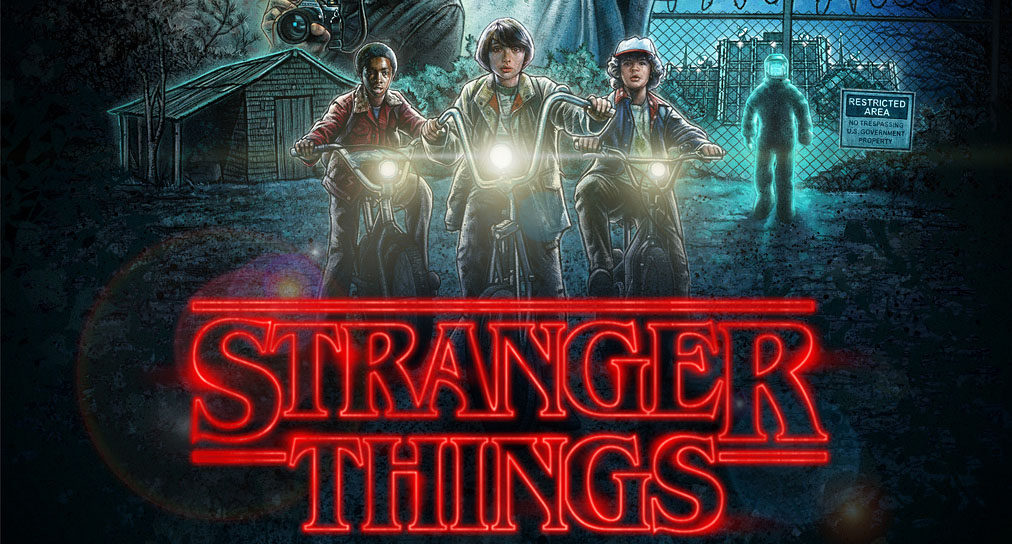Stranger Things - Nostalgia and Intertextuality

Nostalgia/intertextuality- production/marketing
Nostalgia marketing:
- A study conducted by the Journal of Consumer research found that people spend more money when they feel nostalgic
- So more brands use nostalgia marketing
- https://www.youtube.com/watch?v=ELFZARNWBJY
- https://www.theguardian.com/film/2016/jul/09/the-ghostbusters-reboot-and-nostalgia-in-pop-culture
Millennial Pull:
- Stranger Things revived a plethora of nostalgic memories, but with a fresh storytelling to make it interesting for a younger generation
Power childhood and toys
- ST uses the children to defeat the Demogorgon-instead of the kids killing it despite the fact they're kids, they can do it because they're kids
- All the characters use toys to defeat it- e.g. walkie talkies, baseball bats
- The only way the Upside Down can be explained is through the use of the Dungeons and Dragons game
- Joyce goes insane since she doesn't have D&D to explain to the other adults
- Mr Clarke has links to toys (The walkie talkies/D&D) and so understands faster
- ST is unique since most movies make childhood seem like something that should be sped up/overcome but the series uses it as an advantage
Intertextuality:
- Intertextuality is used to make a connection with the audience
- ST almost copies films such as ET and The Goonies
- ET was the biggest film of the 80's
- Uses the characters of The Goonies to create nostalgia
- Uses the sci-fi from Alien and Firestarter
- The creatures in the Upside Down= Alien
- Eleven's powers= Firestarter
- http://www.vulture.com/2016/07/stranger-things-film-reference-glossary.html
Intertextuality in Distribution
- Parodies have been made of famous film posters such as Alien, Nightmare on Elm Street
- Creates nostalgia
Fandom:
- Fandom=constituency
- They often create theories (negotiated meanings)
- Take parts of ST and make their own products
- Are essential as part of marketing-fan art, social media etc.
Comments
Post a Comment